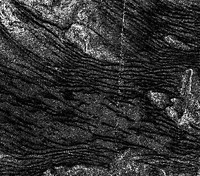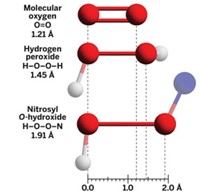Advertisement
Grab your lab coat. Let's get started
Welcome!
Welcome!
Create an account below to get 6 C&EN articles per month, receive newsletters and more - all free.
It seems this is your first time logging in online. Please enter the following information to continue.
As an ACS member you automatically get access to this site. All we need is few more details to create your reading experience.
Not you? Sign in with a different account.
Not you? Sign in with a different account.
ERROR 1
ERROR 1
ERROR 2
ERROR 2
ERROR 2
ERROR 2
ERROR 2
Password and Confirm password must match.
If you have an ACS member number, please enter it here so we can link this account to your membership. (optional)
ERROR 2
ACS values your privacy. By submitting your information, you are gaining access to C&EN and subscribing to our weekly newsletter. We use the information you provide to make your reading experience better, and we will never sell your data to third party members.
Analytical Chemistry
Carbon Dioxide Dissociates To Yield Molecular Oxygen Directly
Finding suggests that atmospheric oxygen may not always be a sign of life
by Jyllian Kemsley
October 6, 2014
| A version of this story appeared in
Volume 92, Issue 40
Studies of light-driven carbon dioxide dissociation have tended to focus exclusively on the products CO and O. But new evidence reveals that the molecule can also break down into C and O2, report University of California, Davis, researchers (Science 2014, DOI: 10.1126/science.1257156). The results confirm theoretical predictions and indicate that physical processes can produce more O2 in planetary atmospheres than previously realized, suggesting that the presence of O2 may not automatically be a sign of life on other worlds. The work “will have great impact in astrobiology because molecular oxygen is considered a pretty solid biomarker,” NASA’s Louis J. Allamandola comments. The UC Davis researchers, led by Cheuk-Yiu Ng and William M. Jackson, studied CO2 photodissociation using vacuum ultraviolet laser pump-probe spectroscopy and found that about 5% of CO2 photodissociation yields C and O2 as primary products. They propose two possible reaction pathways for O2 production. In one, an oxygen atom partially dissociates from CO2 and then roams around the remaining CO before reacting to form C and O2. In the other, CO2 forms a triangular intermediate and then linear COO before dissociating into C and O2.






Join the conversation
Contact the reporter
Submit a Letter to the Editor for publication
Engage with us on Twitter